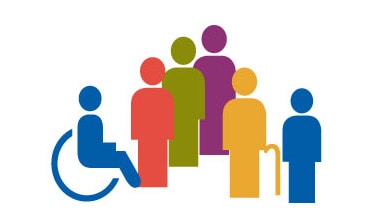At a glance
These data sources can help identify and address health gaps so everyone has the opportunity to be as healthy as possible (defined as health equity).

Data Sources
Data, Trends, and Maps offers state and national indicators. Topics include obesity/weight status, breastfeeding, fruits and vegetables, physical activity, sugary drinks, and television viewing. For health equity data, choose race/ethnicity or other demographic in the "View by" field.
Social Vulnerability Index identifies communities that may need support before, during, or after disasters or outbreaks. Social vulnerability may indicate health disparities.
Community Resilience Estimates refer to the capacity of individuals and households to absorb, endure, and recover from the health, social, and economic effects of a disaster. Low resilience may indicate health disparities.
Chronic Disease Indicators provide data for 18 categories across various risk factors for diseases. For health equity data, choose race/ethnicity or gender in the "View by" field.
Aerobic and Muscle-Strengthening Physical Activity by Race/Ethnicity Across Income Levels reports trends among US adults, 1998–2018.
Minority Population Profiles include demographic, education, economic, insurance coverage, and health status information.
United States Diabetes Surveillance System provides data by age, gender, race/ethnicity, and education.
PLACES: Local Data for Better Health includes chronic disease measures by location.
Healthy People 2020 Overview of Health Disparities shows changes in disparities during the Healthy People 2020 tracking period. An interactive chart and table can be filtered by topic area and population characteristics, including sex, race and ethnicity, educational attainment, family income, disability status, and geographic location.
